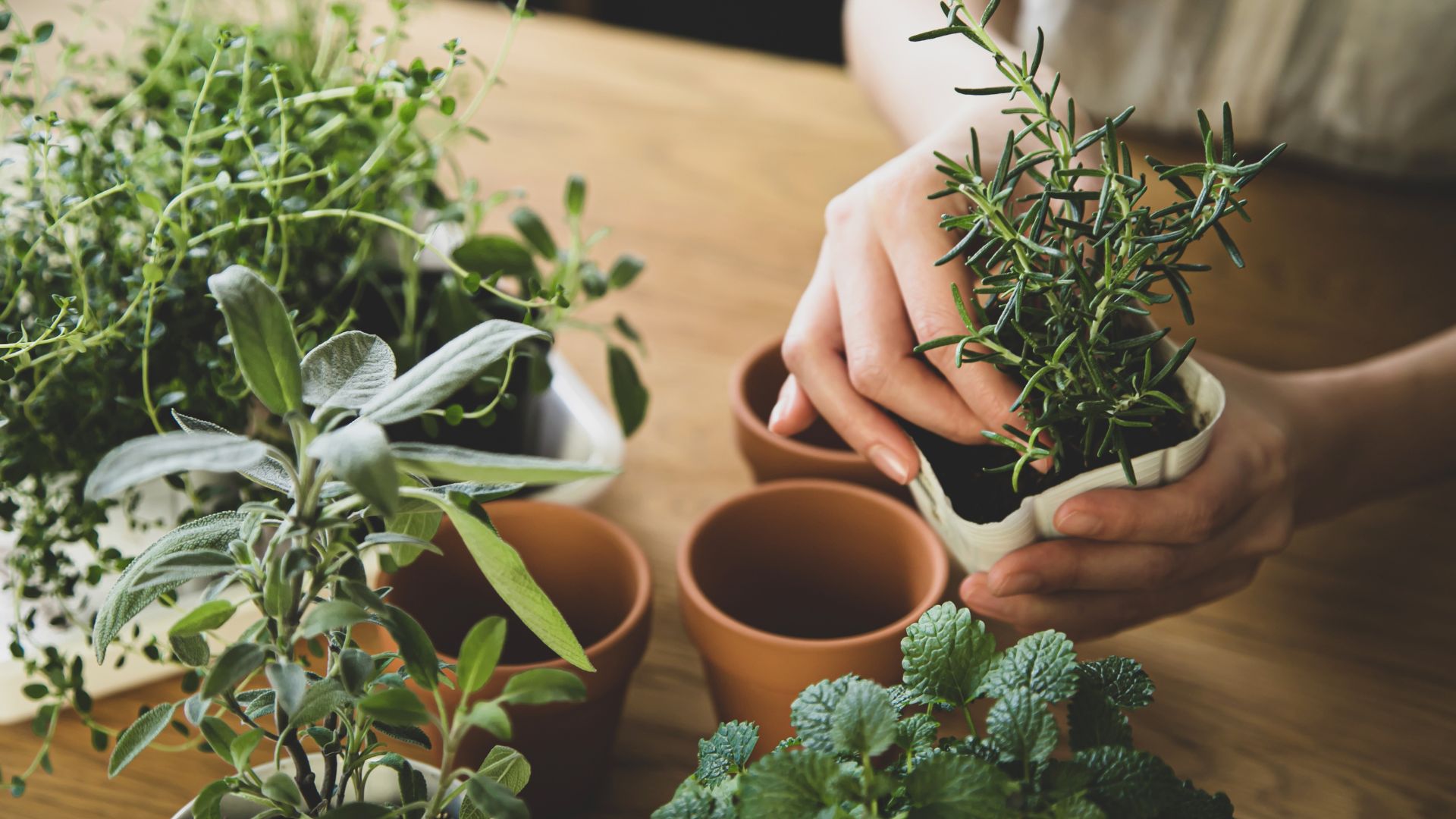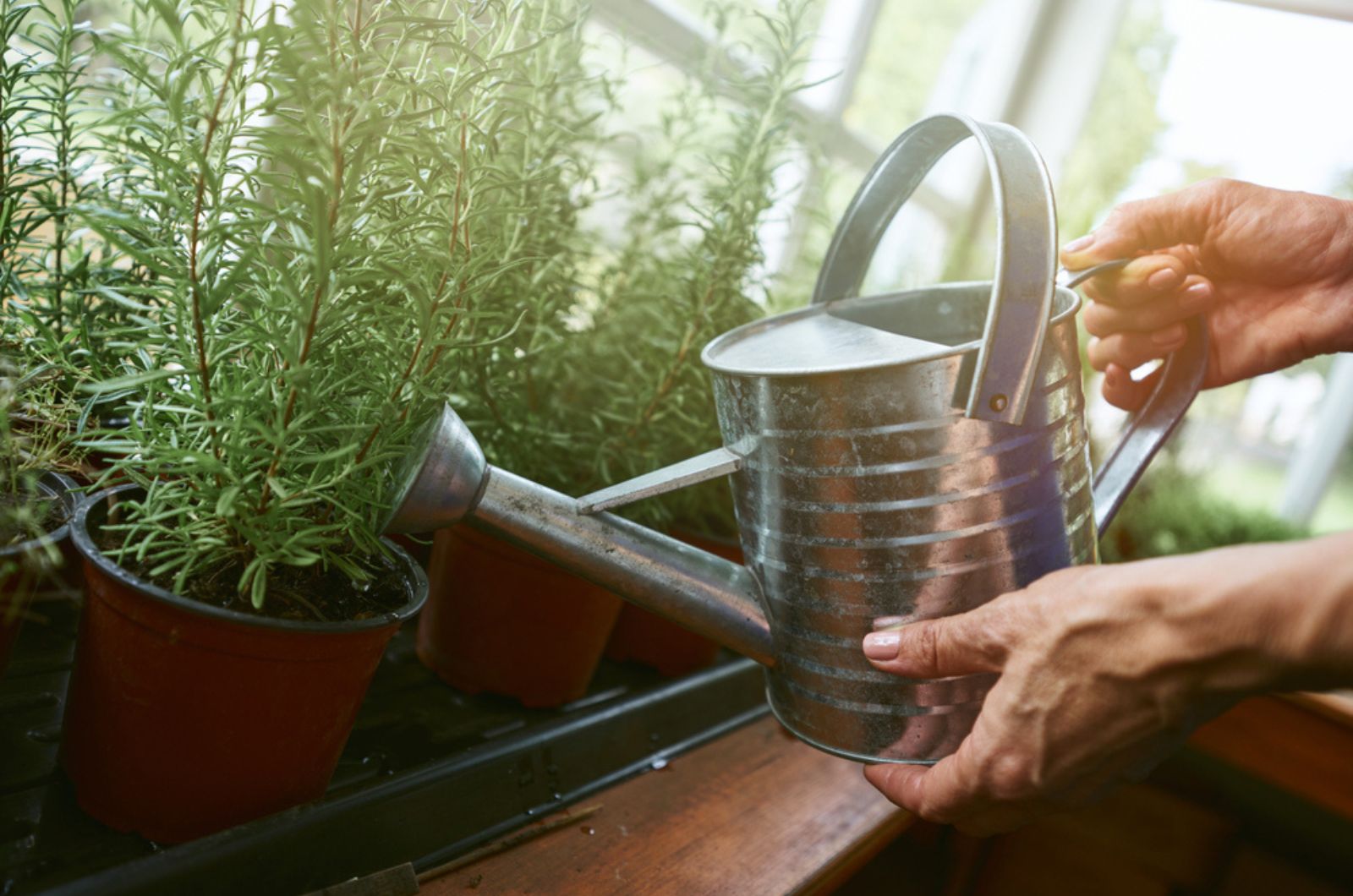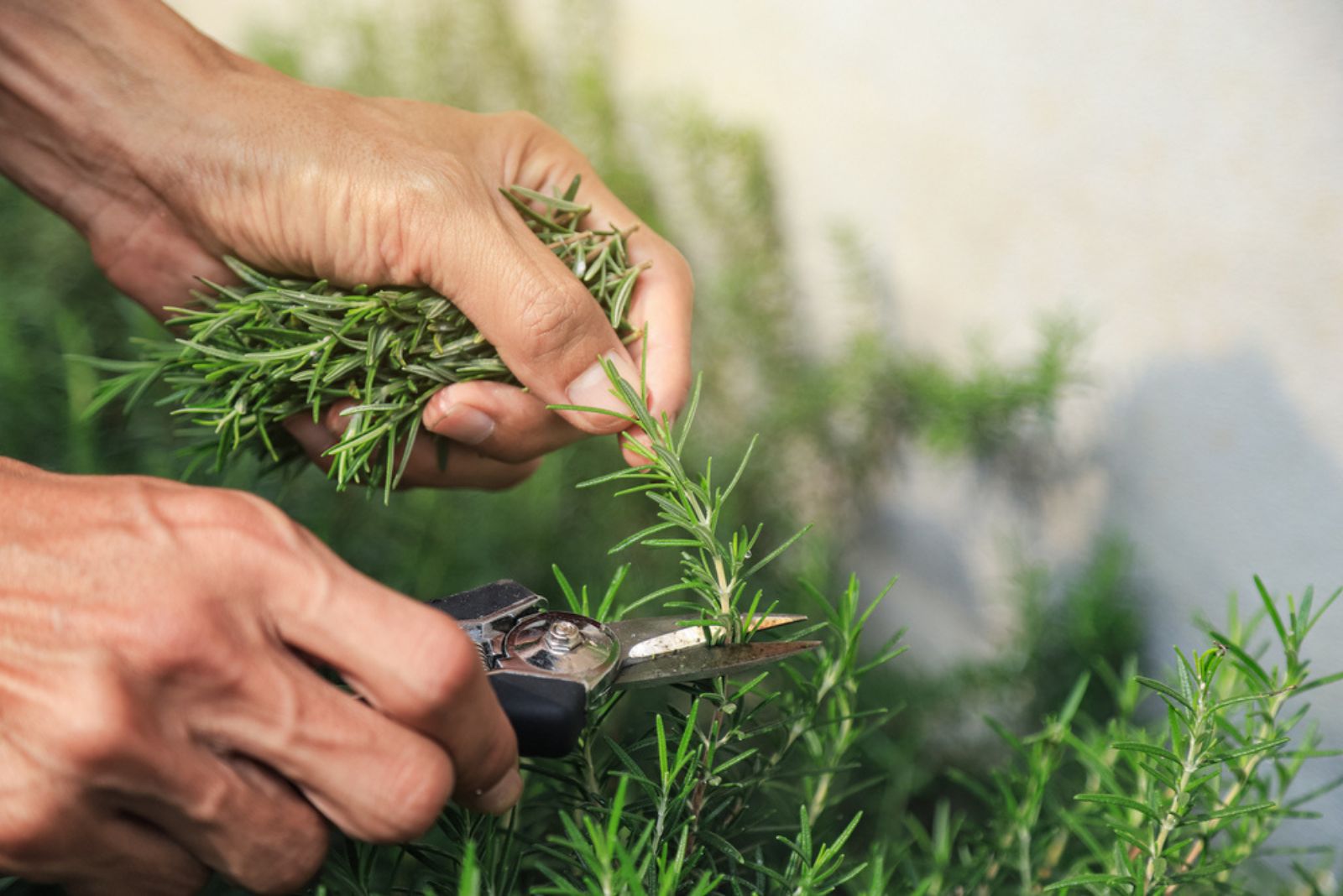Rosemary is a remarkable herb that is super easy to grow. If you are a fan of its fragrant and flavorful leaves, you’ll be thrilled to learn that you can grow this herb right in the comfort of your own home, no matter the season.
Since the colder months are approaching, it’s best to bring your rosemary indoors and let its mesmerizing fragrance fill your living space!
In this article, we are going to share some tips on how to grow rosemary indoors. Stay tuned!
1. Find The Perfect Space For Your Rosemary
In case you didn’t know, rosemary originates from hot and dry Mediterranean regions where it is exposed to full sun during the day. Therefore, you will always have to find a perfect spot for rosemary where it can receive at least six hours of direct sunlight throughout the day.
You can simply put it on a sunny windowsill, but if you don’t have one, consider investing in grow lights. There are plenty of options on Amazon for cheap prices, such as these LED grow lights.
2. Water Adequately
The next important thing for rosemary plant care is the watering regimen. Since it originates from such dry places, it automatically means that this herb doesn’t require much moisture. That being said, it’s easily prone to overwatering.
Overwatering can lead to fungal diseases that can completely ruin your rosemary. So, in order to avoid that, you must provide it with proper drainage.
This begins with choosing the right container – opt for one that has drainage holes in the bottom so that the water can easily flow out when watering your rosemary.
The type of soil you use for your rosemary should also be well-draining. You can buy a regular potting soil and then add some sand or perlite to improve drainage.
When watering, you should let the soil dry out between watering sessions. Simply feel the soil before watering – if it is still moist, postpone watering until the soil feels dry to the touch.
3. Add Fertilizers
All plants benefit from some plant food every now and then. This is especially important for potted herbs since the nutrients get depleted and washed away pretty quickly.
So, if you are growing your rosemary in a pot indoors, it’s crucial to apply a balanced, water-soluble fertilizer every four to six weeks. Please check if the fertilizer is safe for edible plants before applying it!
You might also be interested in: How To Make Homemade Fertilizer For Your Plants
4. Harvest Properly
I know that it is tempting to take stem cuttings in large quantities while growing rosemary indoors. If you keep doing so, you’ll soon have nothing left, so make sure not to remove more than a third of the plant at once.
The best time to harvest rosemary is in spring or summer because the plant is still actively developing. Cut at the plant’s base with sharp scissors or pruning shears to take complete sprigs.
Now, you can immediately use rosemary or dry it to preserve it for later use.
5. Keep An Eye Out For Pests & Diseases
We mentioned that overwatering can lead to fungal diseases. This includes root rot and mildew – both diseases can seriously affect the plant’s health, especially root rot, which can completely ruin your plant’s roots.
In addition to fungal diseases, there are some pesky pests that tend to infest rosemary. These most commonly include aphids and mealybugs.
Although they are a much bigger issue when growing rosemary outdoors, you still might spot some even when the plant is growing in the comfort of your home.
If you spot any, it’s best to treat them with neem oil or some other organic method. In case the infestation is severe, try using appropriate pesticides. It’s important to act quickly before they spread all over the plant!



